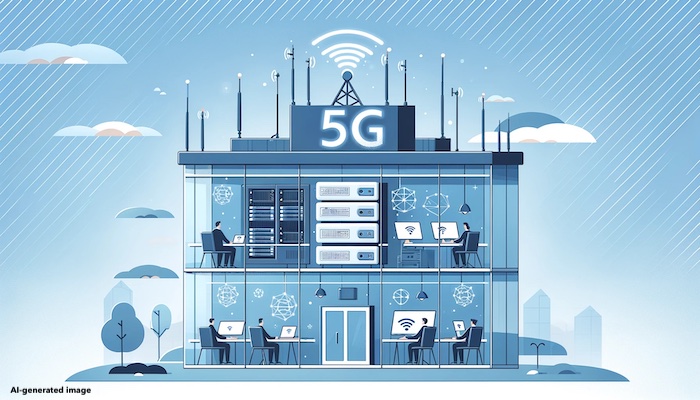BT Group says it has become the first European operator to achieve carrier aggregation, combining five component carriers (5CC) over a 5G standalone (SA) network, which will be deployed later this year. By combining three FDD and two TDD carriers with 150 MHz total bandwidth, the network provides greater capacity and downlink speeds of 1.85 Gbps.
The use of 5CC CA boosted the data rates by combining all mid-band radio spectrum when the 5G SA device required a high-speed connection. The network will also be able to leverage a low frequency sixth carrier.
The tests were conducted in the field on live network spectrum at Adastral Park, BT Group’s headquarters for R&D, using Nokia’s 5G AirScale portfolio and a device powered by a Snapdragon® 5G Modem-RF system from Qualcomm Technologies. The downlink three FDD carriers NR2600 (30MHz), NR2100 (20MHz), NR1800 (20MHz) aggregated with two TDD carriers NR3600 (40+40MHz).
As more devices come to market with 5CC CA capabilities, BT Group is “focused on maximizing our spectrum assets to deliver the very best experience to our customers,” according to Greg McCall, Chief Networks Officer at the MNO.
The milestone follows the demonstration of a 5G SA network with a 4CC downlink and concurrent 2CC uplink by BT Group and Nokia in 2023. In the spring of 2023, Ericsson and MediaTek merged four channels (4CC) – one FDD and three TDD using carrier aggregation – to achieve a downlink speed of 4.36 Gbps. In 2022, Nokia, Optus and Samsung Electronics Australia completed a data session using 3CC-CA technology over a 5G Standalone network in Australia, which they claimed was the first time it had been done using a commercial smartphone.
In March 2011, the concept of carrier aggregation was introduced in 3GPP LTE Release-10 (Advanced LTE), and it supported five component carriers with bandwidth options of 1.4, 3, 5, 10 and 20 MHz, according to RF Wireless World. 3GPP Release 13’s carrier aggregation standards expand the LTE carrier aggregation framework to support more than five component carriers with mechanisms to enable LTE carrier aggregation of up to 32 component carriers for both the downlink and uplink.
By J. Sharpe Smith, Inside Towers Technology Editor





Reader Interactions